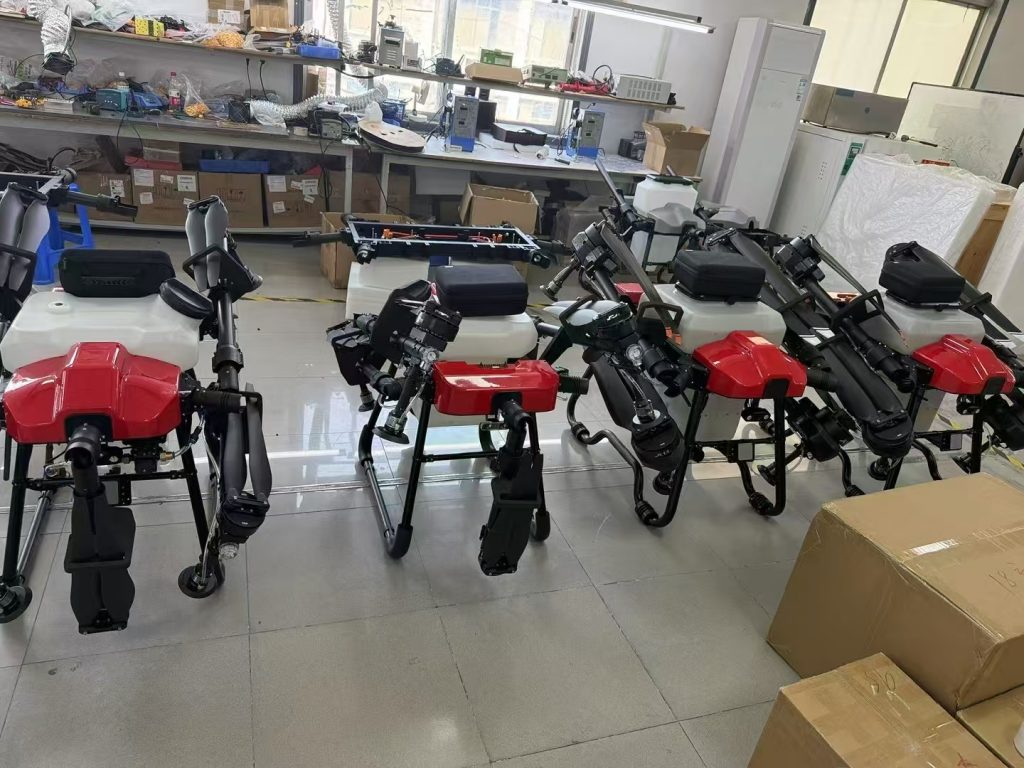
Wings Over Bermuda: How Chinese Agri-Drones Are Tending the Rock’s Hidden Farms
Bermuda, a speck of emerald in the Atlantic, is famed for pink-sand beaches and centuries-old cedar trees. But beneath the postcard perfection lies a quieter story: a handful of determined farmers tending small plots of land, their hands calloused from working soil that’s been cultivated since the 1600s. With just 20 square miles of arable land—less than 1% of the island’s total area—Bermuda’s agriculture is a labor of love. Farmers grow everything from Bermuda onions and strawberries to exotic tropical greens, feeding locals and supplying high-end restaurants with hyper-seasonal produce. Yet their world is fragile. Aging farmers (many in their 60s and 70s), a shrinking workforce, and the threat of climate-driven droughts and storms have left this tight-knit community searching for ways to keep their agricultural heritage alive. Enter an unexpected helper: agricultural drones imported from China, now soaring over Bermuda’s patchwork fields to prove that even the smallest farms can thrive with the right tools.
Bermuda’s Farms: Small Plots, Big Heartaches
Bermuda’s agriculture is defined by intimacy. Most farms are family-run, tucked into valleys or clinging to hillsides, often no larger than 3 acres. “My great-grandfather planted the first strawberries here in 1920,” says Martha, a 68-year-old farmer in Paget Parish. “Today, it’s just me and my grandson, Kyle, trying to keep it going. Hand-weeding rows of lettuce takes days—by then, the weeds have taken over. And when a storm rolls in, I worry about losing the whole crop before we can harvest.”
Climate change has sharpened these struggles. Bermuda’s limestone soil retains little water, making droughts devastating. Last summer, a prolonged dry spell shriveled 30% of the island’s tomato crop. Meanwhile, invasive species like the Mediterranean fruit fly threaten citrus groves, and labor shortages mean critical tasks—like pruning or pest scouting—are often left undone. “Young people want jobs in finance or tourism,” Martha adds. “Farming here feels like a dying art. We need to make it feel alive again.”
Drones Built for Bermuda’s Rocky Roots
When we first considered exporting to Bermuda, we didn’t just send generic drones. We studied the island: its small, terraced fields, the way farmers navigate narrow stone walls on foot, and the urgency of preserving every drop of water. What emerged was a design tailored not just to Bermuda, but to its people.
Compact and resilient: Weighing just 8.5 kilograms, our drones fold into soft cases, easy to carry up Bermuda’s steep hills or across muddy farm paths. Their corrosion-resistant frames withstand the island’s salty sea breeze—a must for coastal plots. “In the past, bringing in heavy equipment meant clearing paths or renting boats,” says Kyle, Martha’s grandson, now a farmhand. “This drone? I can toss it in my backpack and launch it in 10 minutes.”
Precision that nurtures: Multispectral sensors map crop health at the leaf level, flagging early signs of drought stress or pest damage. For Martha’s strawberries, this meant switching from “water everything” to targeted irrigation—cutting water use by 40% while boosting yields by 25%. “The drone shows me exactly which plants are thirsty,” she explains. “I water them, and the rest hold out. My strawberries taste sweeter, and my water bill’s half what it was.”
Simple to learn, rooted in community: Many Bermuda farmers aren’t tech experts, so we designed a touchscreen interface with icons in English (Bermuda’s primary language) and paired it with local training. “I thought drones were for sci-fi movies,” admits Gordon, who tends a small herb farm in Southampton. “But after a morning with the agronomist? I flew one myself. It’s like using a fancy calculator—intuitive, and it solves real problems.”
More Than Machines: Building Trust in a Tight-Knit Community
In Bermuda, trust is earned over afternoon tea and stories of the island’s past. We didn’t just ship drones; we set up a small parts depot in Hamilton and partnered with the Bermuda Agricultural Society to host workshops in community centers. “Farmers here talk—over fences, at the market, at church,” laughs Clara, the society’s director. “If one trusts it, ten will follow. But first, they need to see it work for them.”
That trust grew when we adapted to their reality. When Hurricane Fiona battered the island last fall, we rushed replacement propellers to farmers who’d just bought drones. When Martha struggled with wind affecting spray accuracy, our team stayed late to adjust settings for Bermuda’s steady easterlies. “You didn’t just sell us a tool,” Kyle says. “You stayed when the sky turned angry. That’s family.”
Today, drones are woven into Bermuda’s farming life:
-
Strawberry Fields (Paget): Martha now monitors her crop weekly, catching pests before they multiply. “My yields are up, and my chemical use is down. Tourists love hearing about our ‘drone-tended’ berries—it’s part of our story now.”
-
Herb Farms (Southampton): Gordon’s organic basil now fetches premium prices in New York restaurants, thanks to drone-tracked “zero residue” practices. “Buyers want to know we’re growing sustainably. The drone proves it.”
-
Community Gardens (Devonshire): Even urban plots use drones to tend small vegetable patches, helping Bermuda chip away at its 80% food import rate. “Grandma grows callaloo again,” Kyle grins. “My friends come over to help harvest—and they ask about the drone.”
A Future Where Tech and Tradition Take Flight
What began as a business deal has become a partnership. Bermuda’s farmers teach us about their island: how drones handle Bermuda’s salty fog, which crops (like pigeon peas) need gentler spray settings, even which Bermudian phrases make training stick (“Fly high, little dron!”—now a workshop joke). In return, we’re refining our drones: larger tanks for bigger herb farms, quieter motors to avoid spooking chickens, even solar panels to extend flight time in the tropical sun.
As Bermuda aims to double local food production by 2040, drones offer more than efficiency—they offer hope. They let young farmers like Kyle see a future tending land, not just serving tourists. They let elders like Martha pass down knowledge without burning out. And they let this tiny island prove that even in a world of mega-farms, small plots can thrive with the right tools.
So when you next see a drone gliding over Bermuda’s strawberry fields or herb gardens, know this: it’s not just flying. It’s carrying the dreams of a community, the lessons of a factory halfway across the world, and the quiet belief that tradition and innovation can grow—side by side, root by root.
After all, the best technology doesn’t replace the past. It helps it bear fruit.
THE END

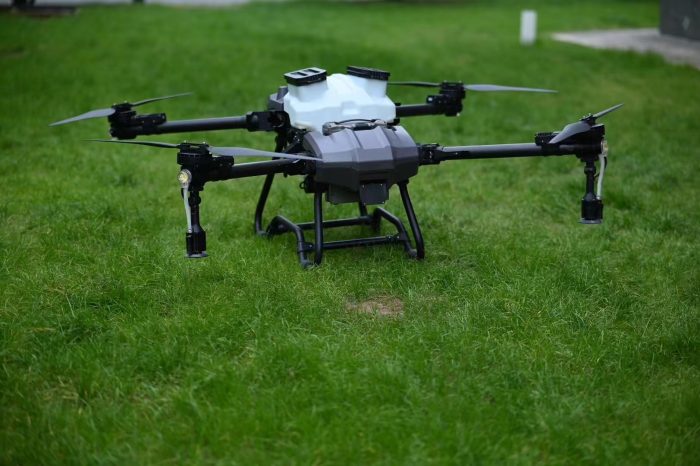
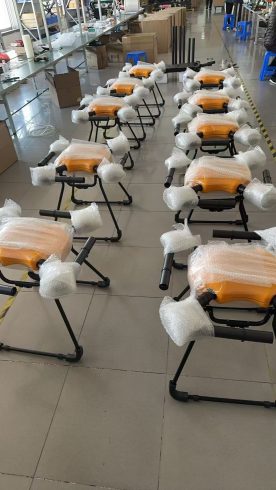
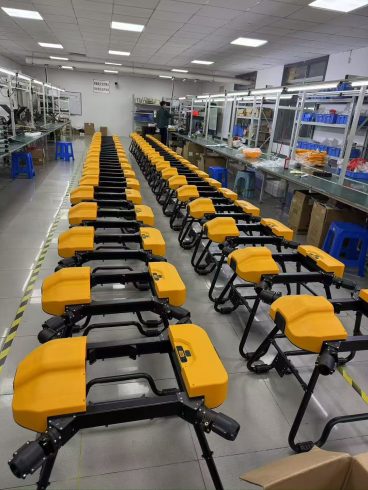


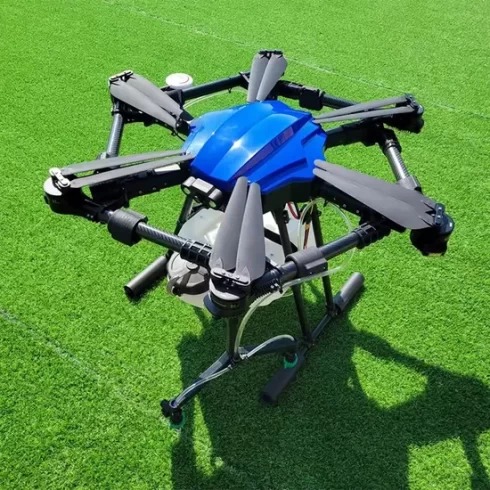

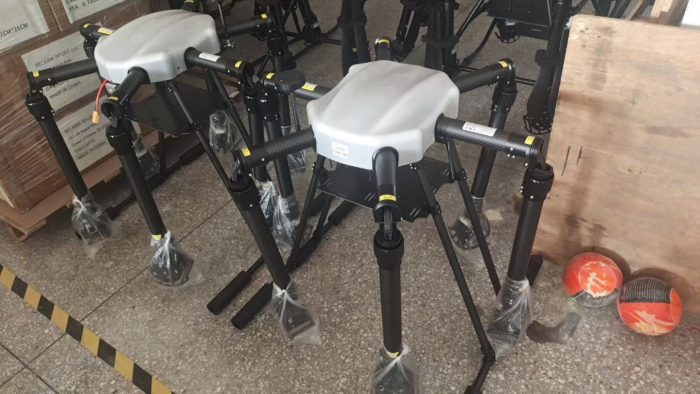

暂无评论内容